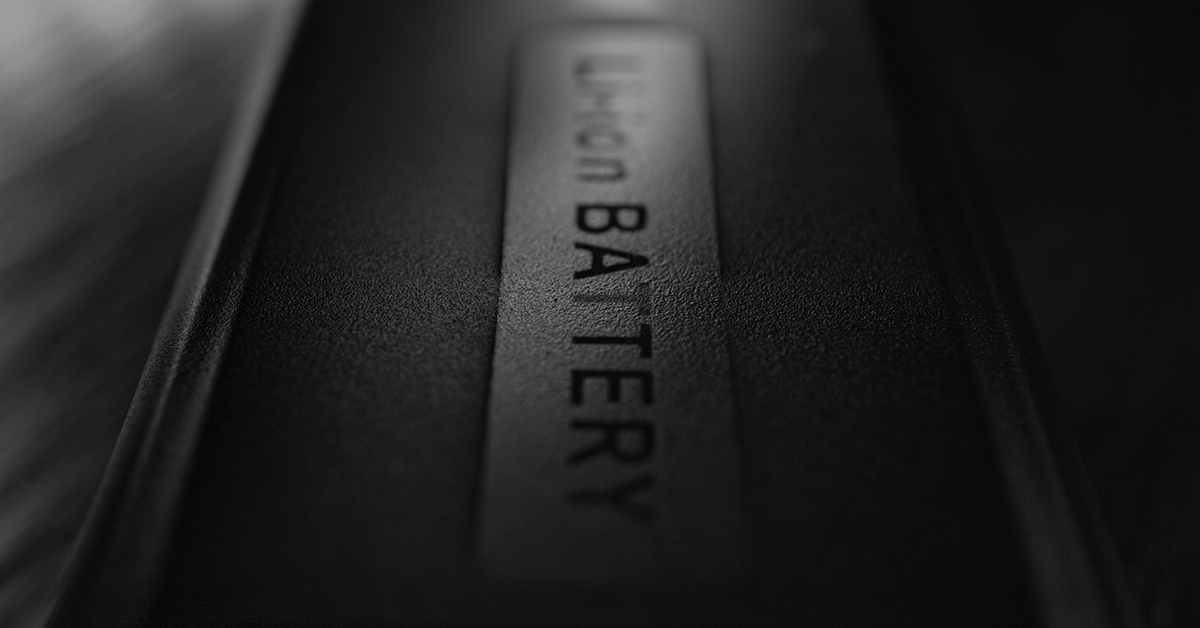Lithium-Ion Batteries: Charging Safety and Fire Prevention

January 18th, 2024 - Recently, there have been multiple reported incidents involving electric scooters, cellphones, and various devices powered by Lithium-Ion batteries, where they have overheated or burst into flames during operation or charging. As Lithium-Ion batteries are extensively used in devices like Electric Vehicles due to their charging capacities, it is crucial for all owners and operators to be aware of specific concerns associated with their use.
Key Concerns:
- Charging Issues: Instances have been documented where batteries overheated, released gas, and caught fire during the charging process.
- Battery Related Issues: Some incidents were directly linked to battery problems, mainly stemming from insufficient maintenance, damaged batteries, and other associated issues.
- Thermal Runoff: Lithium-Ion batteries, due to their design and cell structure, pose challenges in firefighting as they are difficult to extinguish once ignited, leading to increased heat buildup.
Battery & Charger Inspection Guidelines:
- Follow the manufacturer's recommendations for charging, safety instructions, and maintenance.
- Use only manufacturer-rated/recommended batteries and charging stations.
- Monitor for excessive heat, swelling, damage, foul smells, or signs of improper charging.
- If any issues arise, cease the charging process, refrain from operating the batteries or the device, and contact emergency personnel (911) if required.
- Only purchase and use devices listed by an approved testing laboratory.
- Use only the battery and charging devices designed for the specific equipment.
- Discontinue use if any dents or damage to batteries are noted.
- While charging batteries, keep excessive combustible materials away from devices.
- Practice safe battery and charger usage consistently.
- Reach out to suppliers, manufacturers, and others if you have any concerns.
By adhering to these safety measures and being vigilant about potential issues, users can minimize the risks associated with Lithium-Ion batteries, ensuring the safe operation of devices, and reducing the likelihood of fires or other hazardous incidents.


